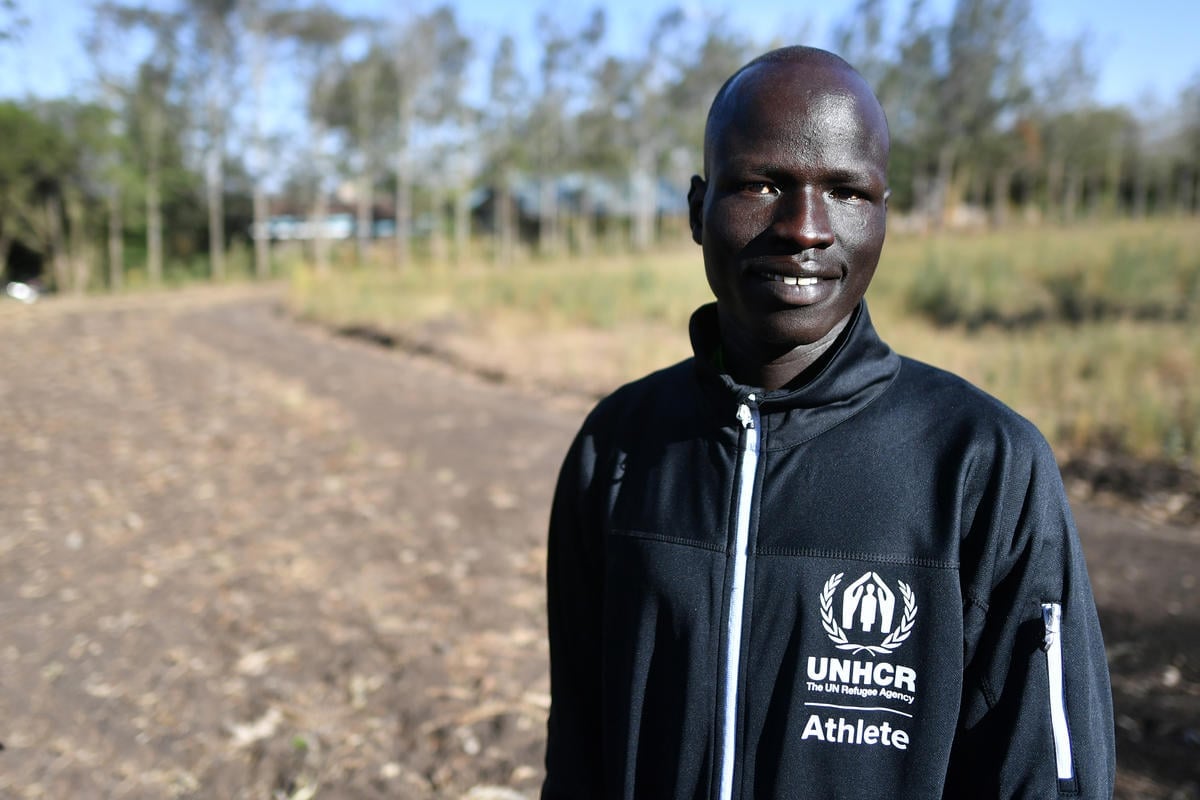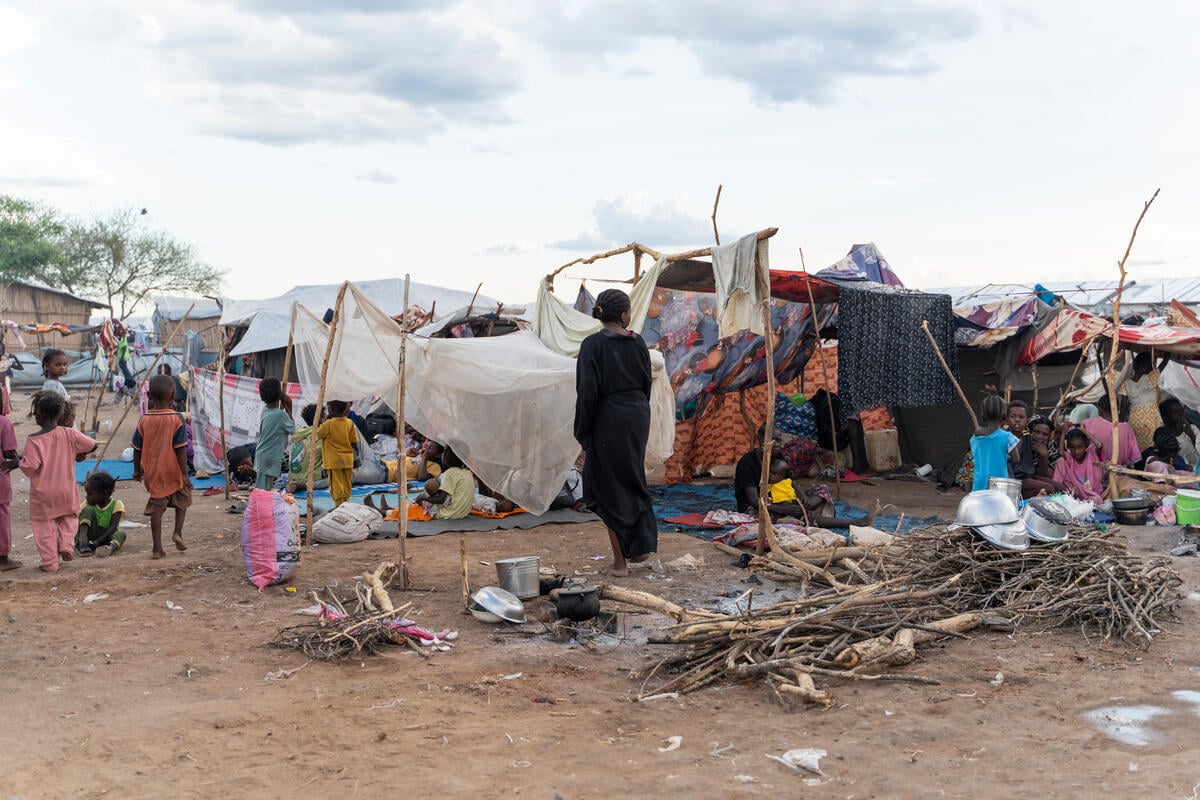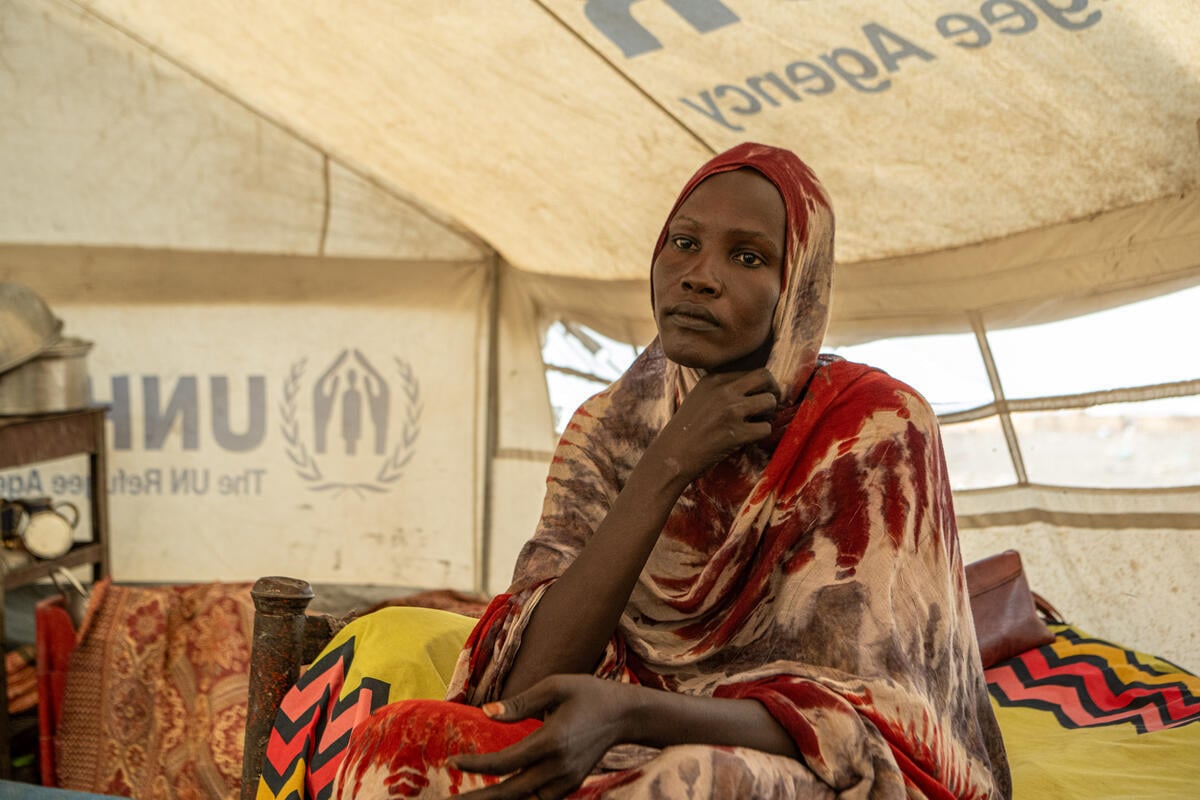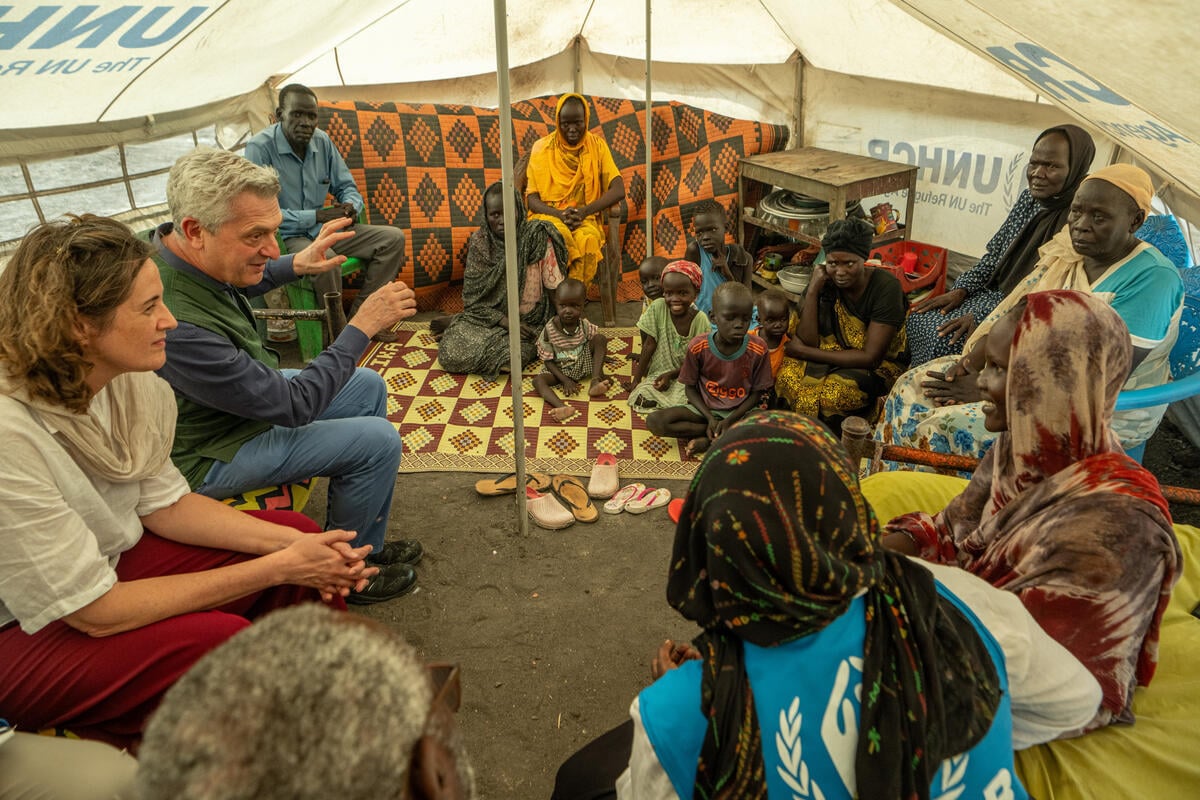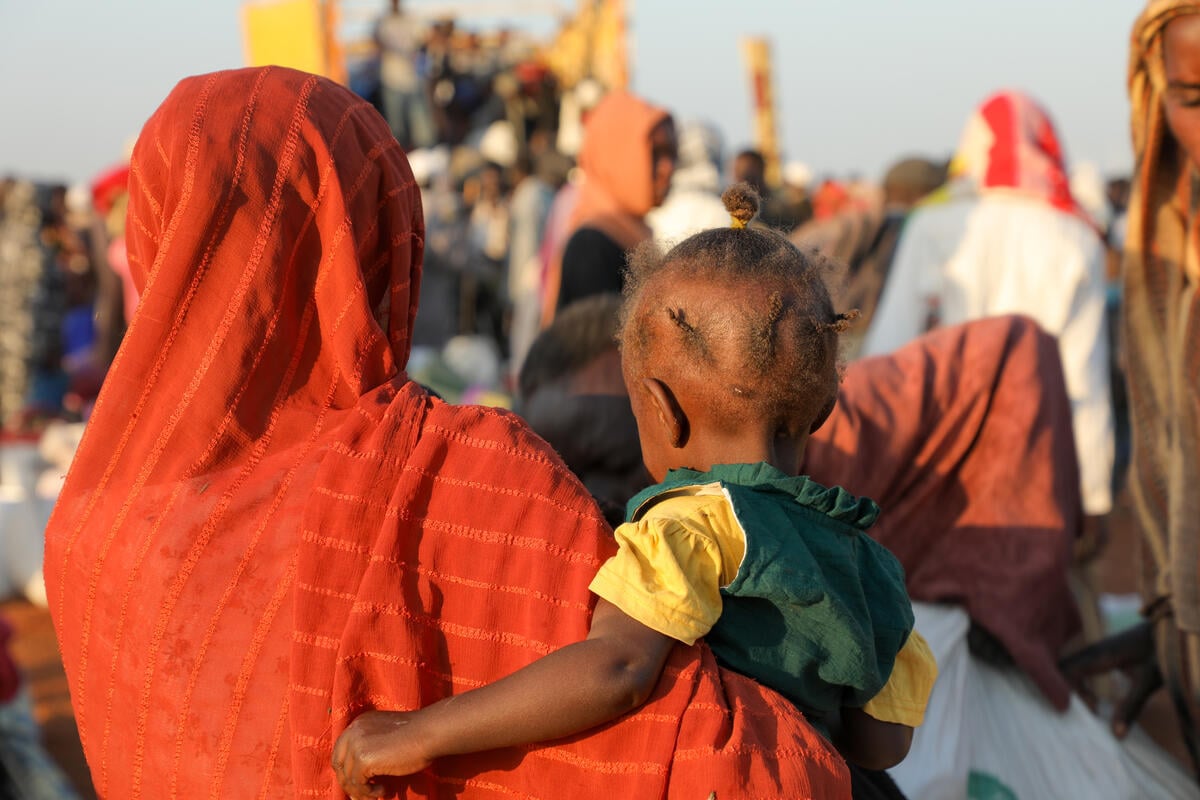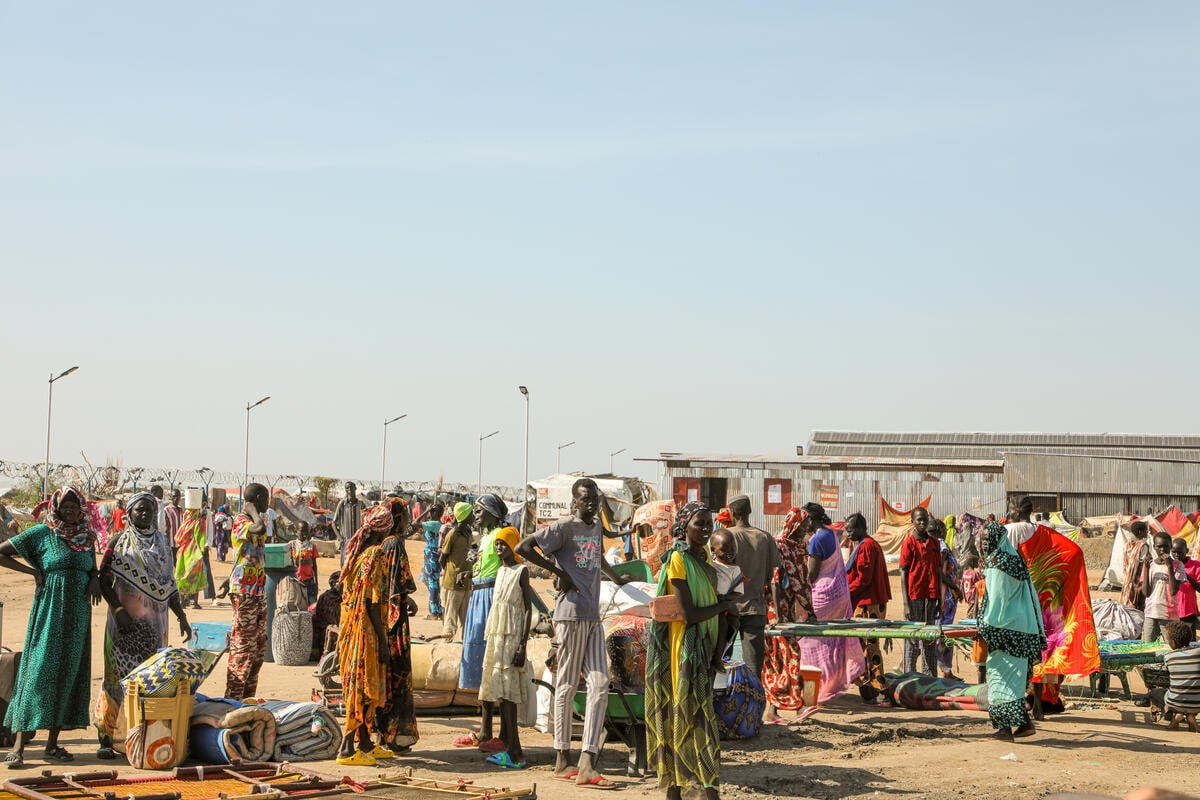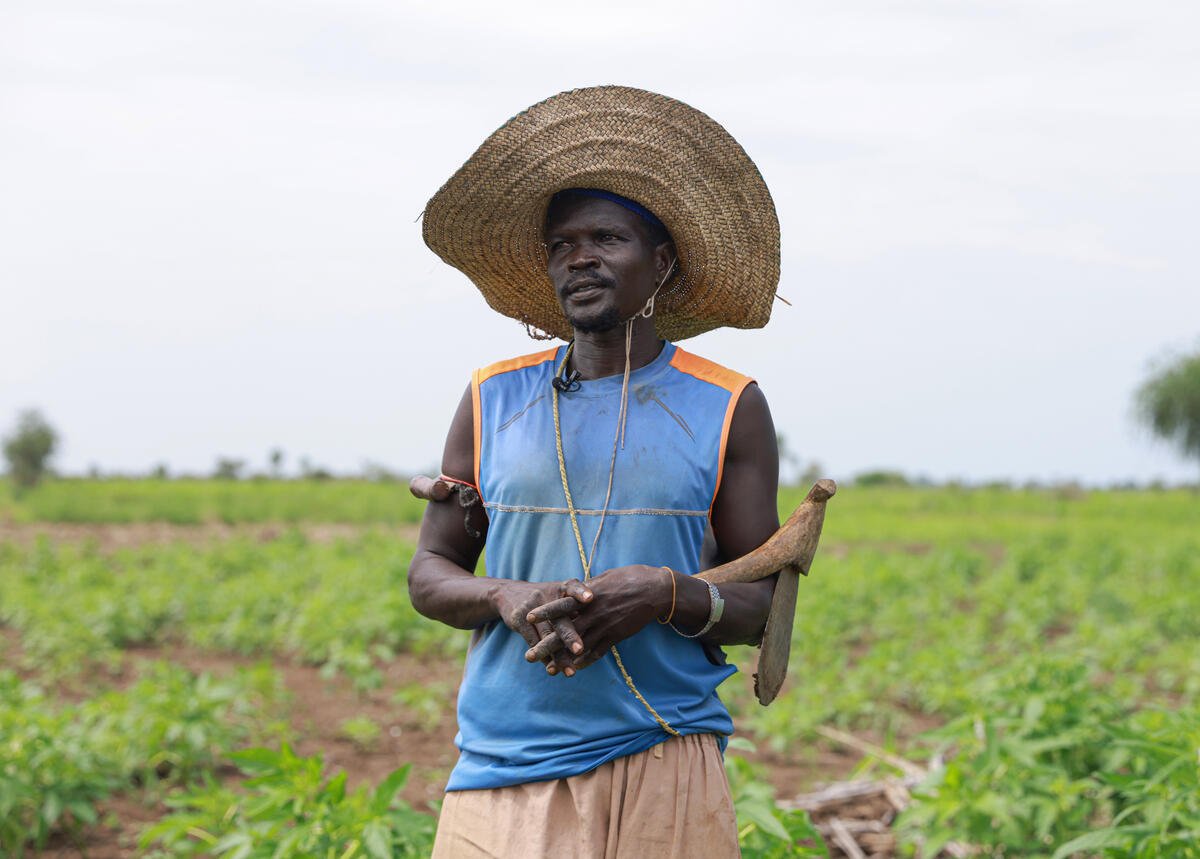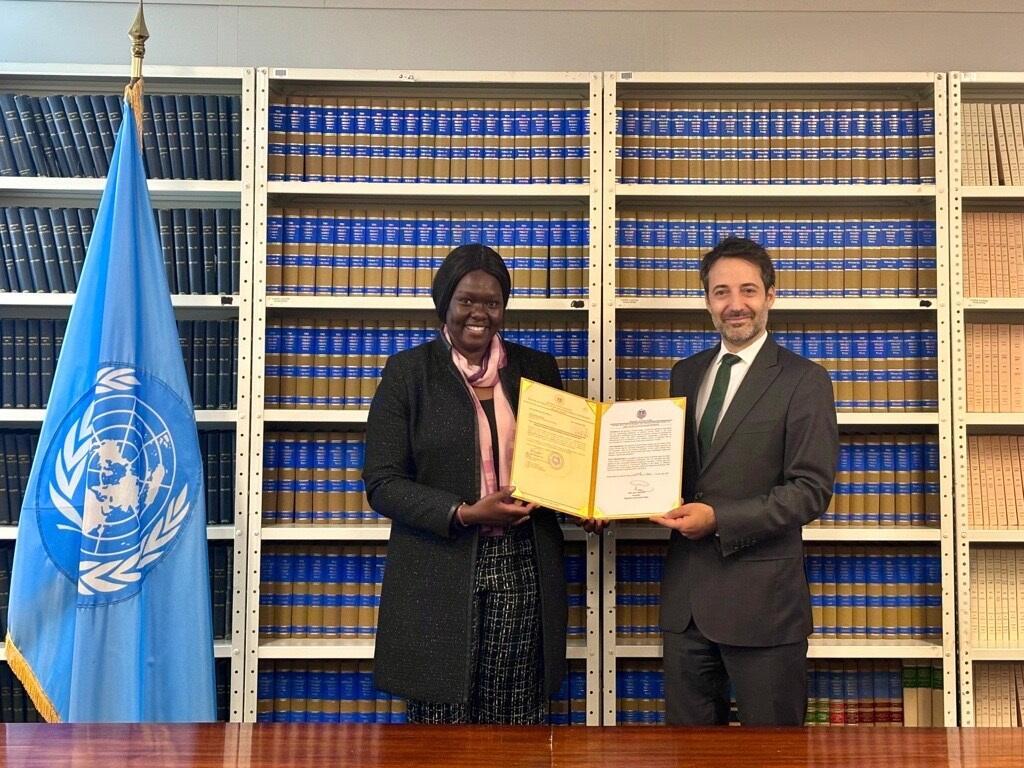5 years into South Kordofan conflict, refugees are still fleeing
5 years into South Kordofan conflict, refugees are still fleeing
This weekend marks the 5th anniversary of the conflict in Sudan’s South Kordofan State. Tragically, people are today still fleeing the region, with most crossing into neighbouring South Sudan.
So far in 2016, more than 7,500 refugees have arrived in Yida in South Sudan’s northern Unity. The area is already home to some 70,000 refugees. Nearly 3,000 people arrived in May alone. With the conflict intensifying, thousands more are expected in the coming weeks.
Refugees, mainly from Heiban, Um Doreein and Al Boram Counties, in South Kordofan’s Nuba Mountains, speak of escalating violence, including ground attacks and aerial bombings. The recent arrivals also cite lack of food and no access to schools for children as reasons for leaving, especially in and around Um Doreein. Most people are arriving by truck while others come on foot or by bicycle, traveling up to seven days.
Refugees who have arrived this week say the conflict has recently shifted to the north-east part of South Kordofan, with some people trapped in conflict areas and unable to escape. Nearly 90 per cent of new arrivals are women and children. One child in every ten is alone or without a family member.
At the Yida transit centre, UNHCR and its partners are providing immediate assistance to the arrivals. This means a hot meal, water, a measles vaccination, a place to rest and other help. Refugees are registered to ensure that those at risk or with special needs are quickly identified and assisted.
From Yida, refugees are transported after a few days by bus to Ajuong Thok, a camp established in 2013 to help ease some of the pressure. There they are provided with plastic sheeting and poles to build a temporary home. They also get cooking pots and pans, mosquito nets, blankets, sleeping mats and food. Children who are unaccompanied or separated from their families are reunited with their families or placed in foster care.
With nearly 41,000 Sudanese refugees already living in Ajuong Thok, the camp has almost reached capacity (46,000 people). UNHCR and its partners have been expanding camp infrastructure to meet the needs of a growing population. We have installed six additional water tanks, built hundreds of latrines, opened a new primary school and have begun constructing another one. A new camp is underway at Pamir, some 50 kilometres south of the border, to receive new arrivals and refugees who have been living in Yida for the past five years.
As the refugee influx continues, services are becoming overstretched. In the past four weeks, available water has dropped from 19 litres per person per day to 16. Schools have become extremely overcrowded with more than 100 students sharing the same classroom. With UNHCR’s operations in South Sudan funded at just 17 per cent, services and service quality are inevitably threatened.
Since the start of the war in the Nuba Mountains in 2011, nearly 250,000 Sudanese refugees have fled to South Sudan, mostly to Unity and Upper Nile. A solution to the conflict and an end to the suffering are needed more than ever. South Sudan is itself home to some 1.69 million internally displaced people.
For more information on this topic, please contact:
In Juba, Rocco Nuri, nuri@unhcr.org +211 927 725 535
In Geneva, Adrian Edwards, edwards@unhcr.org +41 79 557 9120
In Geneva, Nora Sturm, sturmn@unhcr.org +41 79 200 7610


